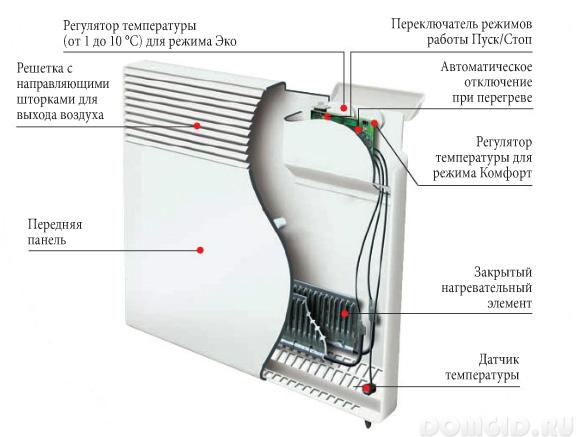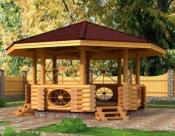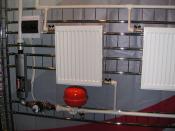Search
Login
How to install an electric convector yourself
If you want to heat absolutely any room without creating complex communications in it, then installing an electric convector is what you need! Silent, safe, if desired, completely imperceptible or, on the contrary, striking with its original stylish look, a modern electroconvector will warm not only your home, but also your soul!
Content
- What is an electric convector and how is it arranged
- Electric convection heating: types
- Are electric convectors really good: reviews
- Installation of electroconvector video
What is an electric convector and how is it arranged
An electric convector is a variant of modern heating.
The design and principle of operation of the electroconvector are as follows:

A decorative metal case (thanks to it, electroconvectors got their second name - a decorative heating panel) with openings for the intake of cold air in the lower part and the exit of warm, warmed air in its upper part. The case is made of metals with high heat dissipation (for example, aluminum), in order to minimize energy consumption and increase safety, as such a panel will not heat up above 45 ° C (the probability of a burn is minimal) and will itself be a heating element.
A heating element (TEN) in the lower part of the housing, consisting of a conductive component protected by ceramics and hermetically sealed in a steel tube with a radiator, the average temperature of the TENA in various models of electric convectors is about 100 ° C.
Mounting frame - is a frame, with mounts. The ability to install a convector on any surface of any room is practically unlimited.
As an additional option, the following can be integrated in the electric convector:
-fan, contributing to a more rapid and uniform heating of the room, by increasing the speed of circulation of air flows, both in the convector itself and in the heated room.
- a thermostat (electronic or electromechanical), which is both a safety sensor: turning off the power to the heating panel when it is overheating or voltage drops in the network, and a thermostat (electronic thermostat), programmed to issue air of a certain temperature or maintaining the required room temperature for a certain a given time period, which allows to reduce electric costs: to reduce them by more than 50%.
Considering the electroconvector power declared by the manufacturers, ranging from 0.5-3.0 kW with a step of 250 W, such energy-saving functions of the thermostat will be very useful. In addition, the electronic thermostat makes the operation of the electroconvector not only more convenient, but also even more economical (up to 4% energy savings compared to electromechanical counterparts).
It is all these new features that make it possible to use electric convectors as both primary and secondary heating in apartments and houses.
Electric convection heating: types
Depending on the principle of operation, all electroconvectors can be divided into:
- devices with natural heat transfer (electric convectors or wall panels);
- devices with heat exchange based on forced airflow (electric fans and heat guns).
We will consider the first option in more detail.
Based on the size, all electroconvectors are divided into two groups:
High (40-45 cm high and short) - wall convectors (wall panels).

Skirting boards (not more than 20 cm high and 2.5 m long).

Are electric convectors really good: reviews
Despite the many advantages of using electroconvectors in houses and apartments, such as:
-compactness and esthetics,

-security,

- the possibility of use in wet rooms,

- environmental friendliness: practically do not change the humidity of the air in the room, do not dry it, the dust deposited on the heater does not burn, and therefore there is no specific unpleasant odor.
All heating electric convectors have common disadvantages inherent in all convection systems:
- convection air flows are formed, as a result, uneven heating of the room, especially in its height, which is very important for low-rise buildings with an unheated basement, but is almost not noticeable in a standard apartment,
- the convection currents that circulate around the room carry dust along with them, which increases the risks of undesirable allergic reactions.
Also, when choosing electric convectors, it is necessary to pay close attention to the quality of manufacture of the heating element, the use of stainless steel and aluminum alloys.
With a declared warranty period of 2 years, often, the service life of such electroconvectors is about 15-20 years.
At the moment, the most popular, due to their high quality and extended warranty period, up to 5 years, in some models are electric convectors nobo, evoub, ballu, noirot.
Installation of electroconvector
Installing an electroconvector can be very simple and can only be done by installing on a wall, in a predetermined position, a mounting frame, attaching an electroconvector to it and connecting it to the network.
But, for this it is necessary to think over the power of the electroconvector in advance, select the appropriate section of the wiring cable.





